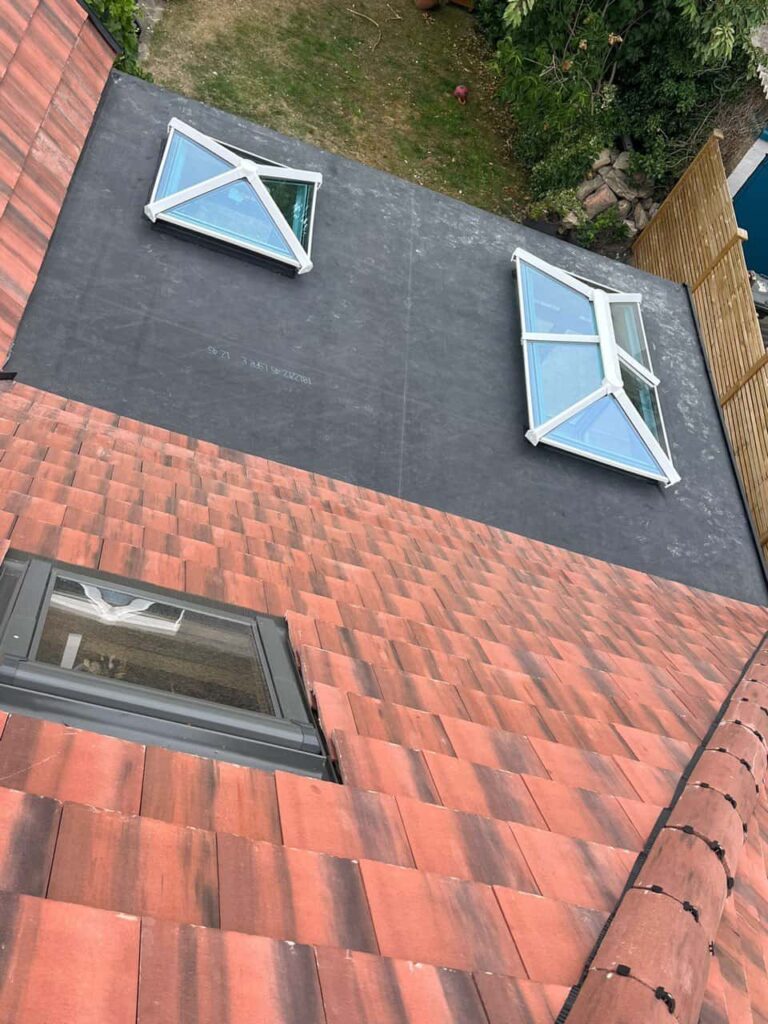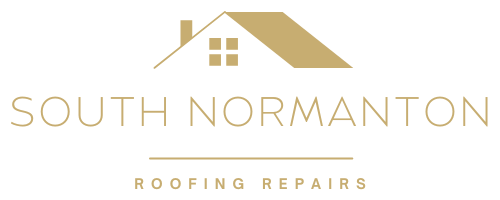A loft conversion is one of the most popular ways to expand living space without extending the footprint of your home. Whether you’re adding a new bedroom, office, or en-suite, it’s a major structural change—and one that places considerable demands on your roof. At South Normanton Roofing Repairs, we work closely with homeowners in South Normanton, Derbyshire to ensure that roofing adjustments for loft conversions are handled professionally, safely, and with lasting results.
Why Roofing Should Be a Priority in Your Loft Conversion Plans
While much attention is often given to interior design and layout, the roof is what makes or breaks a successful loft conversion. It must provide structural integrity, weatherproofing, insulation, and ventilation—while accommodating new elements like dormers, Velux windows, or gable-end alterations.
Without proper roofing considerations from the outset, you could face issues such as leaks, heat loss, condensation, or even structural instability over time.
Key Roofing Aspects to Consider
1. Structural Assessment and Load Capacity
Loft conversions often require reinforcing the existing roof structure to support the new internal layout. This may involve strengthening roof joists, adjusting the rafter design, or modifying support beams.
A structural inspection will determine whether your current roof can handle the additional load and highlight any repairs or reinforcements needed before work begins.
2. Roof Type and Conversion Suitability
Different types of roofs lend themselves to different styles of conversions:
- Pitched roofs with good head height are ideal for dormer or Velux conversions.
- Trussed roofs, common in post-1960s homes, may require more structural work to open up usable space.
- Hipped roofs can be converted but often require more extensive alteration, such as a hip-to-gable conversion.
Understanding your roof type is essential to determining what’s achievable and cost-effective.
3. Weatherproofing and Flashing
Modifying a roof for a loft conversion involves creating new openings, whether for dormer constructions, roof lights, or ventilation. These changes introduce new weak points that must be expertly sealed.
Flashing around roof windows, dormer sides, and chimney stacks must be professionally installed to prevent water ingress. South Normanton Roofing Repairs ensures all modifications are sealed to a high standard to keep your new loft space dry and protected year-round.
4. Insulation and Ventilation
Regulations require high levels of insulation for any new habitable space, including lofts. The roof must be upgraded to meet these standards, using materials that provide excellent thermal efficiency while maintaining breathable roof construction.
Proper ventilation is just as important—especially to prevent condensation build-up. This may involve:
- Ventilation gaps between insulation and roof tiles
- Soffit, ridge, or tile vents to encourage airflow
- Vapour barriers and breathable membranes to balance insulation with moisture control
A poorly ventilated roof can lead to damp, mould, and damage to the internal structure.
5. Roof Covering Replacement or Upgrade
In some cases, particularly with older properties, it may be advisable to replace or upgrade your existing roof covering during the loft conversion. This could involve replacing worn tiles or slates, re-battening, or installing a new breathable membrane.
Although this adds to the project’s scope, it can save you money and disruption in the long term by combining roofing works with the conversion itself.
6. Planning Permission and Building Regulations
While many loft conversions fall under permitted development, roof alterations—especially those that change the roof shape or height—may require planning permission. In all cases, the project must comply with building regulations related to structural integrity, fire safety, insulation, and drainage.
An experienced roofing contractor like South Normanton Roofing Repairs can work in partnership with your architect or builder to ensure all roofing aspects meet the required standards.
The Importance of Professional Roofing Support
The success of your loft conversion depends heavily on the quality of roofing work carried out. From ensuring structural soundness to weatherproofing and regulatory compliance, roofing plays a critical role in creating a safe, comfortable, and long-lasting new living space.
At South Normanton Roofing Repairs, we provide expert guidance and skilled workmanship tailored to the specific roofing needs of loft conversions. Whether you’re planning a new project or need advice on an ongoing one, our team is ready to help ensure your roof is up to the task.
Conclusion
A loft conversion is a valuable investment, but it’s not something to undertake without professional input—especially when it comes to your roof. From structure and insulation to ventilation and waterproofing, there are many factors that must be considered to ensure your project is both safe and successful.
For expert roofing advice and support tailored to loft conversions, contact South Normanton Roofing Repairs. We’re proud to assist homeowners across South Normanton, Derbyshire with reliable, high-quality roofing services designed to last.
Call us on: 01773 308 996
Click here to find out more about South Normanton Roofing Repairs
Click here to complete our contact form and see how we can help with your roofing needs.

